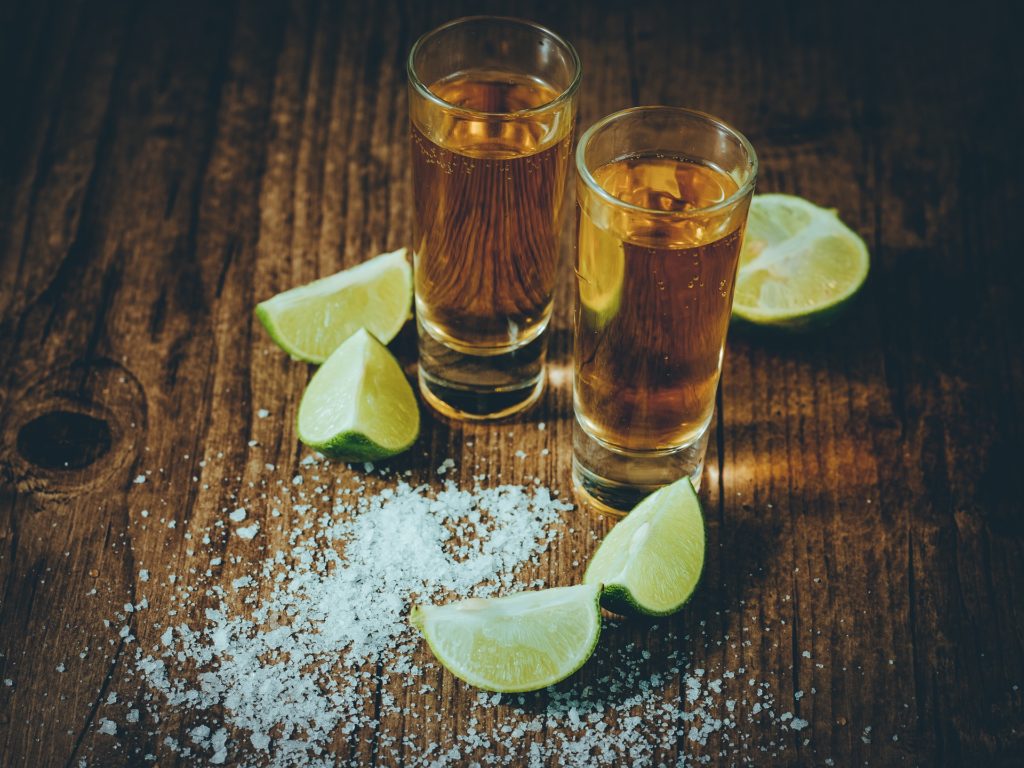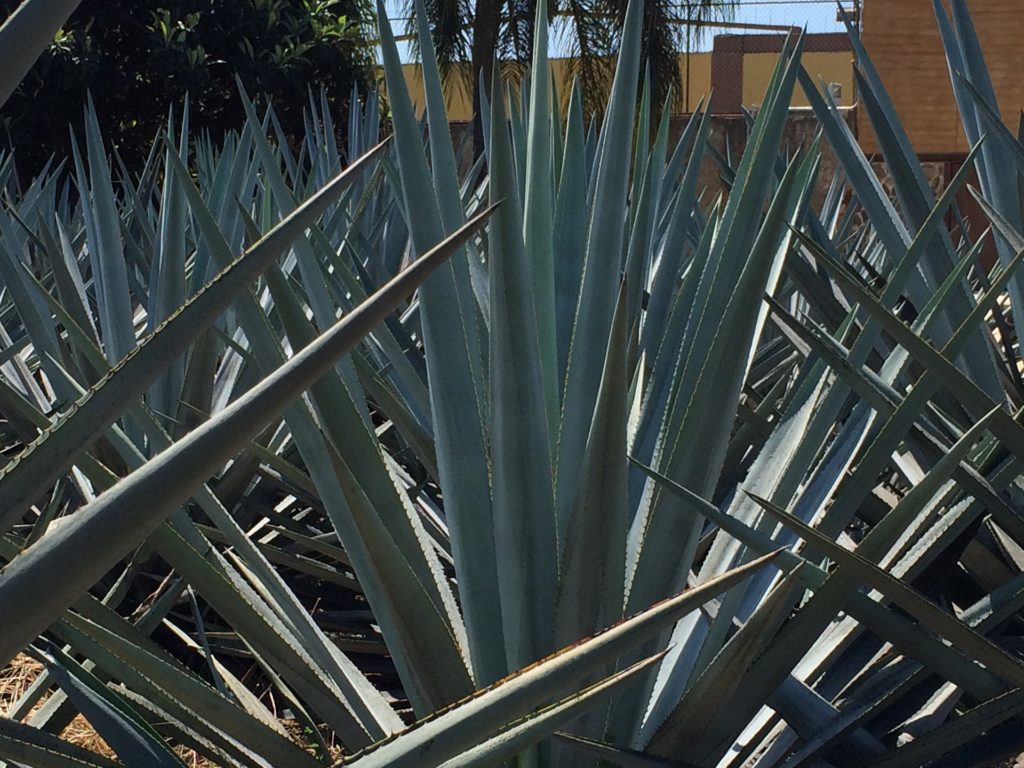-Ryan Blankenship-

Tequila was first distilled back in the early 16th century near the city of Tequila, which is located in the state of Jalisco about 35 miles from the city Guadalajara in Mexico. Tequila is a distilled beverage from a mash made out of Blue Agave. The Spanish conquistadors actually were the first to produce this spirit when they had run out of all of the brandy that they brought with them. They were the first to understand how to extract the sweet nectar from the core of the agave plant, which is called the pina. The agave plant is actually a succulent which grows best in the southern region of Mexico, due to its dry climate and the abundance of red volcanic clay.
Mexican law states that Tequila can only be produced in the region of Jalisco and its nearby cities of Guanajuato, Michoacan, Nayarit, and Tamaulipas. To be called a true Tequila, its mash must be made of at least 51% Agave, and the rest can be made up with any other type of sucrose or fructose. Now, unlike whiskey or bourbon, which is aged in a white oak barrel for a minimum of 3 years, depending on the type Tequila only has to be aged from 2 months to a year. Some styles aren’t even aged in barrels at all, such as the Blanco which is clear in color. The reason for the clear color is the fact that it is never put into a white oak barrel and doesn’t have the chance to pull in that amber color the aging process creates.
There are four major types of Tequila sold today. Blanco is the unaged type (which is the harshest tasting of all the types) that gets bottled or stored immediately after the distillation process. Reposada is the next in line, which is less harsh tasting than the Blanco but is only aged for a minimum of 2 months up to a year in a white oak barrel. Anejo is the next type which is aged for a minimum of 1 year and up to 3 years in a white oak barrel. Last but not least is the Extra anejo; this type is aged for a minimum of 3 years and can be aged for as long as one desires. Just like bourbon and scotch, the longer the spirit is aged in a barrel the smoother and better tasting it becomes.
One misconception for some people is that Tequila is supposed to have a worm inside of the bottle. Only certain types of Mezcal have these in the bottle and are only added as a marketing ploy. The reason behind the original “worm” in the bottle came from the 1950s when a Mezcal brewer discovered a moth larvae in one of his batches and claimed the stowaway moth gave it a better taste so he started adding worms to each of his bottles as a marketing strategy that slowly took off.

In order to create a true-to-style mash, you would need to be able to resource blue agave hearts, which are a bit difficult anywhere outside of its growing region. Here is a recipe that you can reasonably brew at home:
- 5 gallons of water
- 12 cups of Blue Agave Nectar
- 2 pounds of Raw Cane Sugar
- 21g distiller’s yeast
Bring the 5 gallons of water up 170F and stir in the agave nectar and cane sugar. Stir until completely dissolved. Let cool to below 80F and pour into your fermenter. Add the 21g of distiller’s yeast and let ferment between 68-74F for 2-3 weeks. Once fermentation is complete you can put it into a pot still or into a still with a column. Depending on which style you want to make, will determine the amount of aging time.
Salud!

Gerald N says
I loved it but I would love to buy into a tequila distillery and I would love to know how to get into the business.
Smith Taylor says
“The art of making tequila is a tradition dating back to the 16th century. This tradition involves the harvesting of the blue agave plant, fermenting it in brick ovens, and then distilling it in copper pot stills.
The blog details out every information about tequila and how its made and processed for selling. Thank you for sharing the article. “
Tyler says
Is adding cane sugar “true-to-style”, or is that to account for the use of nectar as opposed to aguamiel? Thanks.
brian says
To be 100% pure to style, blue agave would be the sole source of fermentable sugars. “Mixto tequilas” also include non-agave sugars and are also commercially available. So, the answer is a little bit “yes” and a little bit “no” depending upon your POV. Good luck!
John says
You don’t need to add the surgar. Shoot for OQ 1.080 by adding more agave nectar. Shake the mash or swirl the bucket everyday. The FQ will be around 1.030.